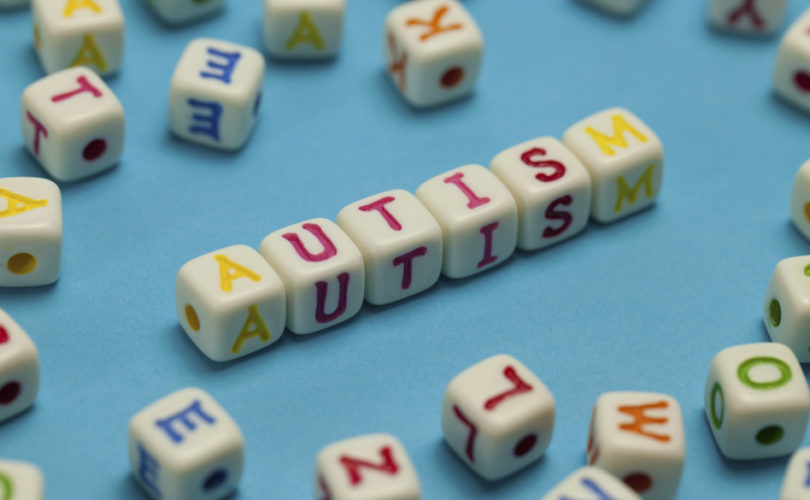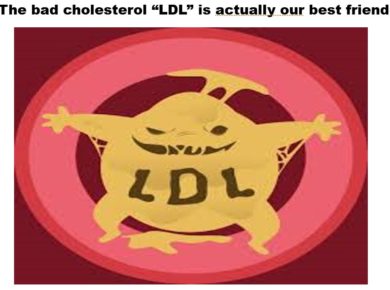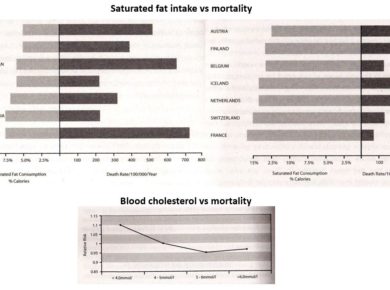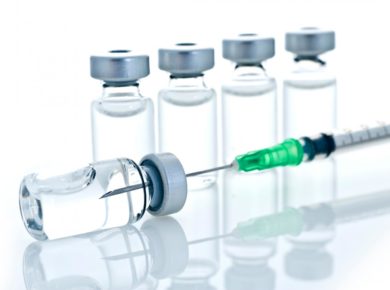Breaking news!
“Inflammation may be the main driver of autism, find scientists who studied the brains of eight children on the spectrum who had died”.
You may have seen this in the news.
It is funny to me because we have known this fact for about 15 years I would say.
But the medical community is finally catching up to this observation.
A new study led by Tufts University School of Medicine in Boston, Massachusetts, has found that high numbers of an inflammatory protein are found in the brains of children with autism spectrum disorder.
You can read the study at PNAS entitled:
“IL-37 is increased in brains of children with autism spectrum disorder and inhibits human microglia stimulated by neurotensin”.
Results showed that the brains of the children with ASD had increased numbers of a protein called Interleukin-18 (IL-18).
This particularly occurred in the amygdala, the part of the brain that is responsible for detecting fear, and the dorsolateral prefrontal cortex, which is involved in cognitive skills that include working memory, attention and evaluating rewards.
IL-18 is known to bring about serious inflammatory responses, which suggests it may play a role in some inflammatory diseases, particularly of the skin such as psoriasis.
Researchers also found increased numbers – but not as many – of IL-37, which is an anti-inflammatory protein.
They believe that drugs that target IL-37 could be a therapeutic treatment and decrease the amount of IL-18 in the brain.
The authors said:
“ASD does not have a distinct pathogenesis or effective treatment. Increasing evidence supports the presence of immune dysfunction and inflammation in the brains of children with ASD”.
This statement from these doctors makes me very nervous.
We can see that the medical community is so wrong with it comes to autism and what might be causing it.
They are very obsessed with genetic factors causing ASD. They have spent millions of dollars on hunting a gene or genes that cause autism. What a waste of money and time.
But we know that genetics has nothing to do with autism and related disorders.
And I am even more nervous knowing that Trump just signed legislation that would provide $1.8 billion in funding for autism-related programs and research.
All that money would be spent on ridiculous ideas like trying to find a gene or a band-aid, not a solution.
Like the authors of the article below said, they want to find something to reduce the level of pro-inflammatory molecules like IL-18 and IL-37. They are looking for a new drug to achieve this.
But these are surrogate markers of inflammation.
Having a drug that reduces these markers is a band-aid.
When you see a light on your car dashboard, you go to the mechanics to figure out why, right?
You simply just do not cut if off to turn off the light and believing your problem is gone.
Unfortunately, the medical community uses this approach. They will never find a cure because they do not ask the right questions.
We know that autism is an environmental disorder.
Yes, genes can make one more susceptible to develop autism, but at the end of the day, the actual cause is environmental factors.
About 1 percent of the world population has autism spectrum disorder.
Prevalence in the United States is estimated at 1 in 59 births.
More than 3.5 million Americans live with an autism spectrum disorder.
Prevalence of autism in U.S. children increased by 119.4 percent from 2000 (1 in 150) to 2010 (1 in 68). Autism is the fastest-growing developmental disability.
Prevalence has increased by 6-15 percent each year from 2002 to 2010.
Autism services cost U.S. citizens $236-262 billion annually.
A majority of costs in the U.S. are in adult services – $175-196 billion, compared to $61-66 billion for children.
Cost of lifelong care can be reduced by 2/3 with early diagnosis and intervention. (Autism. 2007 Sep;11(5):453-63; The economic consequences of autistic spectrum disorder among children in a Swedish municipality. Järbrink K1.)
1 percent of the adult population of the United Kingdom has autism spectrum disorder.
The U.S. cost of autism over the lifespan is about $2.4 million for a person with an intellectual disability or $1.4 million for a person without intellectual disability.
35 percent of young adults (ages 19-23) with autism have not had a job or received postgraduate education after leaving high school.
It costs more than $8,600 extra per year to educate a student with autism. (Lavelle et al., 2014) (The average cost of educating a student is about $12,000 – NCES, 2014)
What about if those $1.8 billion were used to actually help those kids?
We know that autism is an inflammatory disorder.
And we know that the main driver of this condition is environmental toxins.
We hear a lot about vaccines but there are other sources of toxins like pesticides, mercury, aluminum, fluoride, cadmium, thallium, etc.
Literally, hundreds of toxins are potentially involved in the onset of ASD.
Then, we need to look at nutritional deficiencies and diet.
Again, why don’t we use those dollars to detox those kids, give them good nutrition, restore their lives instead of putting a band-aid on their problems?
This would happen only if the officials have the courage to face their failures and admit they were wrong.
God bless y’all 😊
Dr. Serge






